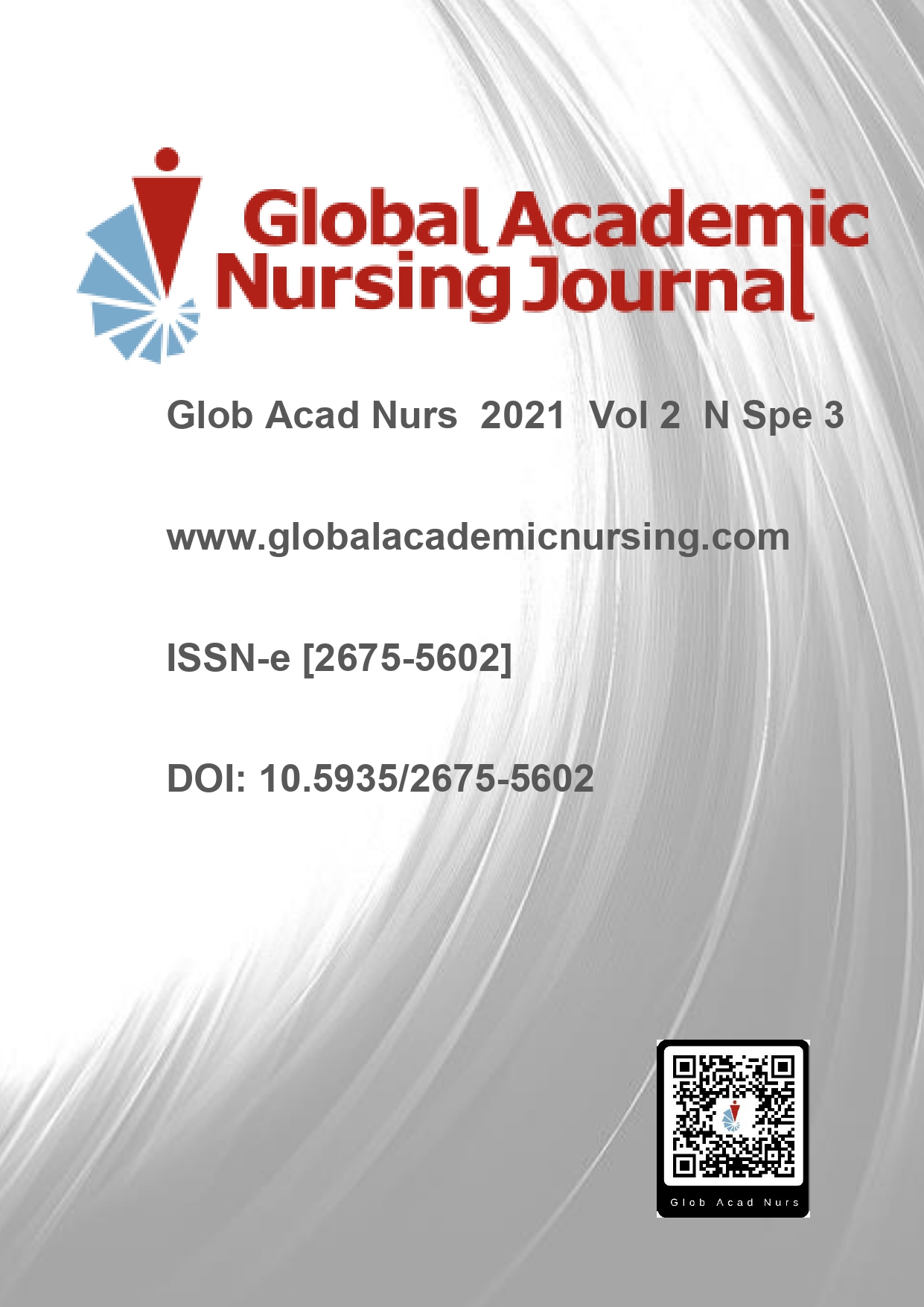Abstract
Simulation can be defined as the technique used to replace or amplify real experiences, which can be in an environment of total or partial immersion, which evokes or replicates essential aspects of daily practice, in an interactive way. This is a descriptive study, of the experience report type, based on the reports of nine medical students. The benefits reported by academics show that simulation allows the use of this controlled environment in the teaching of cardiology, where the error does not have a direct harmful consequence to the patient, on the contrary, even these situations generate a learning opportunity with the discussions generated around of the proposed scenario. This allows students to feel less pressured, insecure, creating an environment with greater comfort and safety. These reports reinforce the benefits of the method for the learning process, highlighting the possibility of repetition without harming the patient.
References
Barroso CRD, Gomes LS, Silvestre VA, Santos, RT, Utagawa CY. Análise do uso de simuladores de pacientes virtuais por estudantes de Medicina. Cadernos UniFOA. 2018;13(36). DOI 10.47385/CADUNIFOA.V13I36.1395
Santos GG, Paço JAO. Visão e atuação humanizada de estudante do curso de Especialização em Enfermagem Obstétrica no parto normal. Glob. Acad. Nurs. 2020;1(1):e9.DOI: 10.5935/2675-5602.20200009
Dourado ASS, Giannella TR. Ensino baseado em simulação na formação continuada de médicos: análise das percepções de alunos e professores de um Hospital do Rio de Janeiro. Rev Bras Educ Med 2014;38(4). DOI 10.1590/S0100-55022014000400007
Luna RA, Spight D. Simulação em educação médica: uma mudança necessária. Rev Hosp Univers Pedro Ernesto. 2014;13(4). DOI: 10.12957/RHUPE.2014.13955
Melo MCB, Magalhães AMPB, Silva NLC, Liu PMF, Filho LCC, Gresta MM, Santos AF. Ensino mediado por técnicas de simulação e treinamento de habilidades de comunicação na área da saúde. Rev. Med. MG. 2016;26. DOI: 10.5935/2238-3182.20160105

This work is licensed under a Creative Commons Attribution-NonCommercial-NoDerivatives 4.0 International License.
Copyright (c) 2021 Global Academic Nursing Journal

